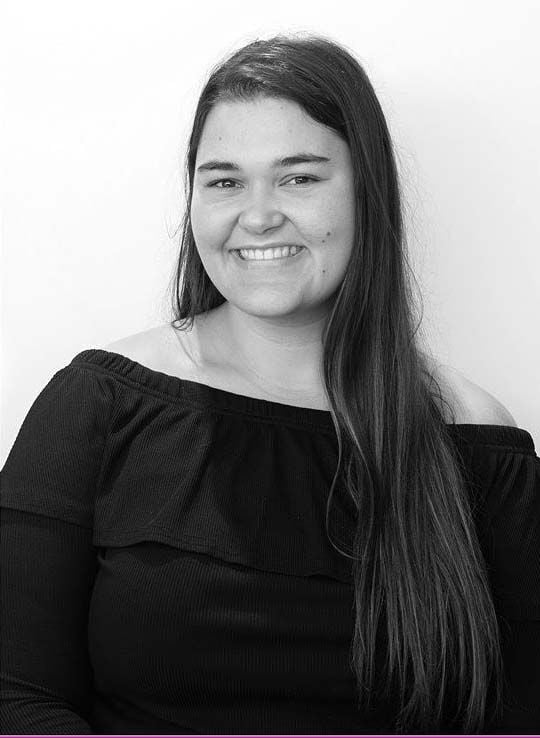Learn how Rhiannon Brownbill uses architecture to create more humane and healing healthcare spaces.
Rhiannon enrolled in the Master of Architecture after a personal tragedy. In 2018, her father passed away after a long battle with mental illness. During his illness, he was in various clinical environments that left him disconnected from the things that brought him joy.
“My dad treated his illness through protecting and caring for plants,” Rhiannon says. “The way he died in such a medicalised environment just stripped everything away from him.”
As a recent graduate of the Bachelor of Architecture, this experience made Rhiannon think differently about how the built environment affects human lives.
Indigenous knowledges have existed here forever and they can inform the way we begin to pull apart and de-medicalise these spaces.
Decolonising medical spaces
The Master of Architecture was ideal for exploring her ideas. Alongside studio, research, and professional practice subjects, Rhiannon took electives on Aboriginal Sydney and the evolution of housing and design policy in New South Wales, from colonisation to today.
The Wingara'ba'miya design studio, led by architecture academic Joanne Kinniburgh and D’harawal Eora Knowledge Keeper Shannon Foster, was where everything came together for Rhiannon.
She saw how Aboriginal and Torres Strait Islander knowledge of Country could decolonise medical spaces. She was particularly interested in the relationships between Country, knowledge, community, and culture and their potential to inform Western models of care.
“Indigenous knowledges have existed here forever and they can inform the way we begin to pull apart and de-medicalise these spaces,” she says.
“My final thesis project looked at the ability of architecture to respond through local Indigenous protocols and knowledges of Country and embed that spatial knowledge into architectural, contemporary built forms.
It’s about bringing together western and Indigenous knowledge systems and seeing how they can strengthen each other.”

“I was interested in exploring the ways in which architecture intersects with disability and health care and trying to pull apart that system to re-examine what architecture can offer within those kinds of frameworks.”
Rhiannon Brownbill






